The F.P. Journe FFC Makes A Return For The Public
Much to the delight of F.P. Journe's fans and collectors, the FFC prototype is back as a production timepiece.
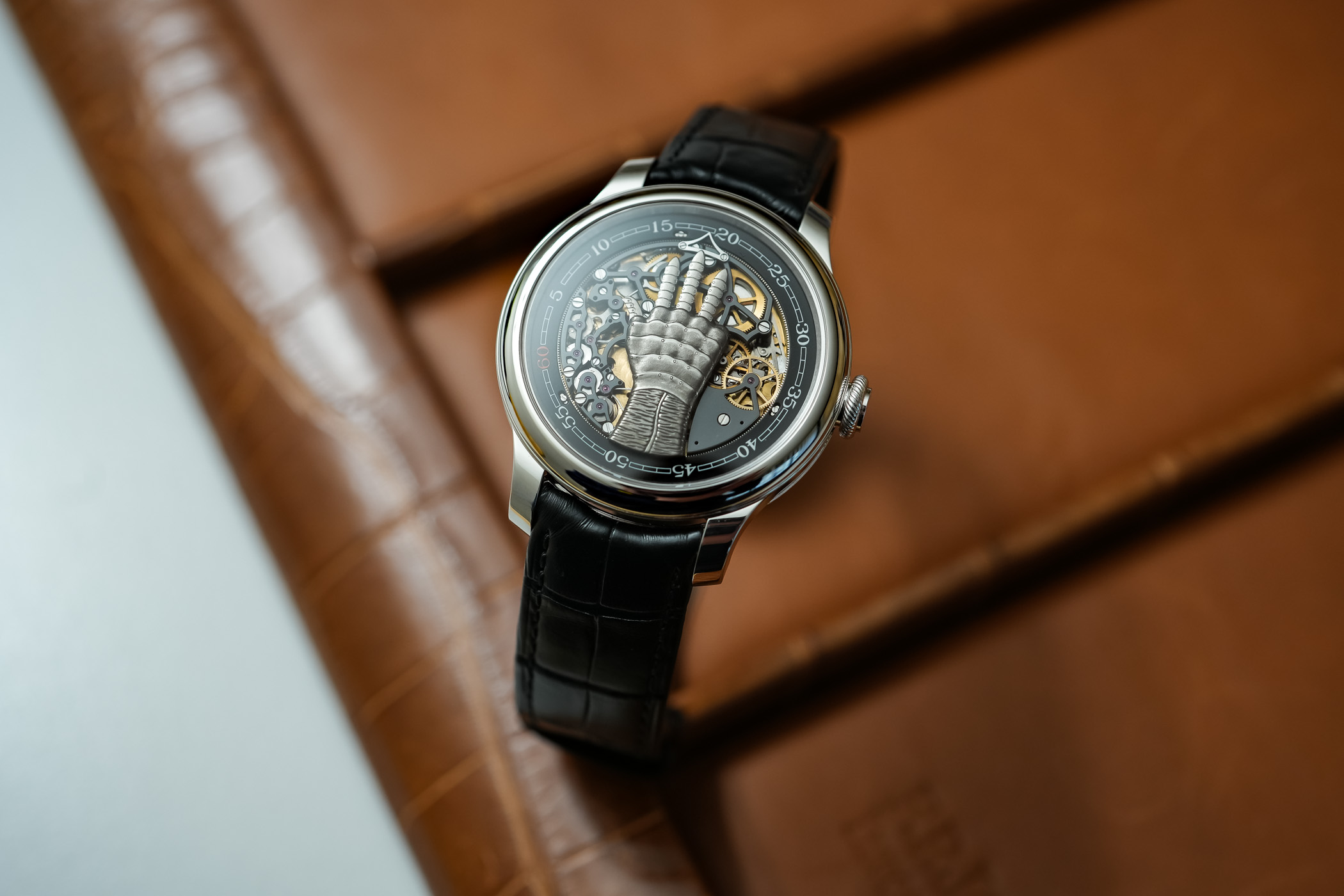
The FFC origins, look and works have been described and explained, and the new production timepiece differs slightly in presentation. Still, quickly highlighting the essential points sounds like a good idea. In 2021, the FFC Blue prototype was sold at the Only Watch auction to benefit Duchenne muscular dystrophy research for CHF 4,5 million, more than ten times over the estimate, setting a record for an F.P. Journe watch and quite possibly for any auctioned watch produced by an independent watchmaker. The large sum of money drew public attention, and the watch was fascinating, with lots of stories to tell. In 2023 the small production series of the FFC was announced by the multiple award-winning F.P. Journe. Recently, we were happy to experience the ingenious finger-counting-time-telling piece up close and gladly share our thoughts with you.
In 2009 Mrs Eleonor Coppola gifted an F.P. Journe Chronomètre à Résonance to her husband, Mr Francis Ford Coppola (FFC), the filmmaker, for his birthday. FFC was “delighted with the gift” and immediately invited François-Paul Journe (FPJ), the watchmaker, to visit him at his Inglenook winery in Napa Valley. FPJ, a “wine enthusiast” himself (please try Château Seguin F.P Journe Cuvee Speciale Invenit et Fecit), accepted, and the two great men met in 2012. At that meeting, FFC and FPJ discussed time-keeping and ways to indicate the time, and the topic of finger-counting came up. Reportedly, the filmmaker, also an automatons admirer, asked the watchmaker if he had ever considered a time display the ancient way – using fingers. François-Paul Journe was intrigued by the idea and is said to have started contemplating a vision of a mechanical hand two years after, which led to the prototyping of the watch to be later named FFC Blue.
Finger-counting or dactylonomy is indeed a very old trick. If using five fingers to indicate hours one to twelve is difficult, imagine finger positions to count up to 9999. Across time and between the cultures, there were different dactylonomy systems; the spread of numerals did not eradicate the need for manual communication and hand signalling. Even today, numbers are gestured by traders on the floor of the American Stock Exchange. Also, cultural tradition still exists in how people count in different parts of the world. For most of us in Europe, the starting point, the “1”, will be the thumb. For an American, it is usually the index finger; for the Middle East, counting starts with the little pinky. Remember this when you see how the FFC watch indicates hours (numbers).
The time indication is pretty simple. On the mark, the mechanical hand in an armoured glove that occupies the middle of the dial comes to life and signals the hour with twelve unique finger combinations programmed and displayed, with the change happening instantly. One hour AM or PM will be communicated by a closed hand with an index finger out – as an American would do it. The minutes can be read on the outer ring that rotates counterclockwise, indicated by a triangular pointer at 12 o’clock. It is quite easy to remember all the twelve hourly positions, and I am reasonably sure owners of the FFC will have no trouble enjoying this mesmerizing timepiece and reading time for which the FFC was invented.
We’ll get to how the FFC’s mechanical hand works in a bit, but it is essential first to mention the source of inspiration. F.P. Journe points us toward Ambroise Paré, a French genius who lived in the 16th century and is considered a Father of modern surgery. Apart from many other medical exploits, Paré invented ingenious artificial limbs, highly technical, out of concern for the well-being of his patients. He created mechanically complex prosthetic arms and legs – Paré’s prosthetic hand mechanism made the fingers open when a button was pressed with springs returning them to their original position, all in a very natural motion. This principle is very much what constitutes the basis of how the FFC’s titanium gauntlet acts.
The FFC’s innovative “digital” jumping hour display mechanism is complex, with energy drawn from a single barrel of the underlying Octa 1300 manufacture movement with five days power reserve. François-Paul Journe mentioned that from the beginning, he wanted to make the idea work using this calibre without adding an extra mainspring. For proper functioning of the engraved fingers, a “remontoir d’égalité” between the primary gear train and the display is wound by the movement every hour for forty minutes.
Every hour on the hour, an escapement sort of mechanism acts to release energy accumulated from the barrel, and a designated fork activates the ten cams responsible for the “digital” display operation. You see these cams on the left side of the dial; they are installed on a movable axis and make a full circle in 12 hours. Each cam manipulates one lever per finger to make the fingers extend or retract with almost no friction. Naturally, this system is created so as not to affect the chronometric qualities of the watch.
The platinum case sits comfortably on the wrist, and the watch’s aesthetics are impressive. Amazingly, the gauntlet with moving fingers and the intricate mechanism that allows the display of hours and minutes is packed into a 42mm case just 10.7mm thick, making the FFC no more prominent than any other F.P. Journe watch with an Octa 1300 calibre. Also, unlike the presentation of many timepieces with animated displays featuring jacquemarts, the FFC looks and feels like a traditional watch to be worn daily. The finishing of the case and movement is of the highest grade, and the gloved hand is engraved and is very realistic. The titanium bridges received Titalyt treatment that provides dark grey colouring and further enhances material qualities, like hardness and resistance to corrosion.
Further praising the FFC for its qualities and ingenious realization of the idea seems unnecessary, as they are expected from such a master watchmaker as François-Paul Journe and his manufacture. Wonderfully, the watch appears to function effortlessly, bearing simple mechanical solutions. Still, it took the Inventor over eight years to present a working prototype. In his words, “The most important thing in watchmaking is what is least visible. In this case, it was a matter of getting five fingers to move with the least effort”. Mission accomplished: Invenit et Fecit.
Please refer to the part below for specific technical information and visit www.fpjourne.com to learn more.



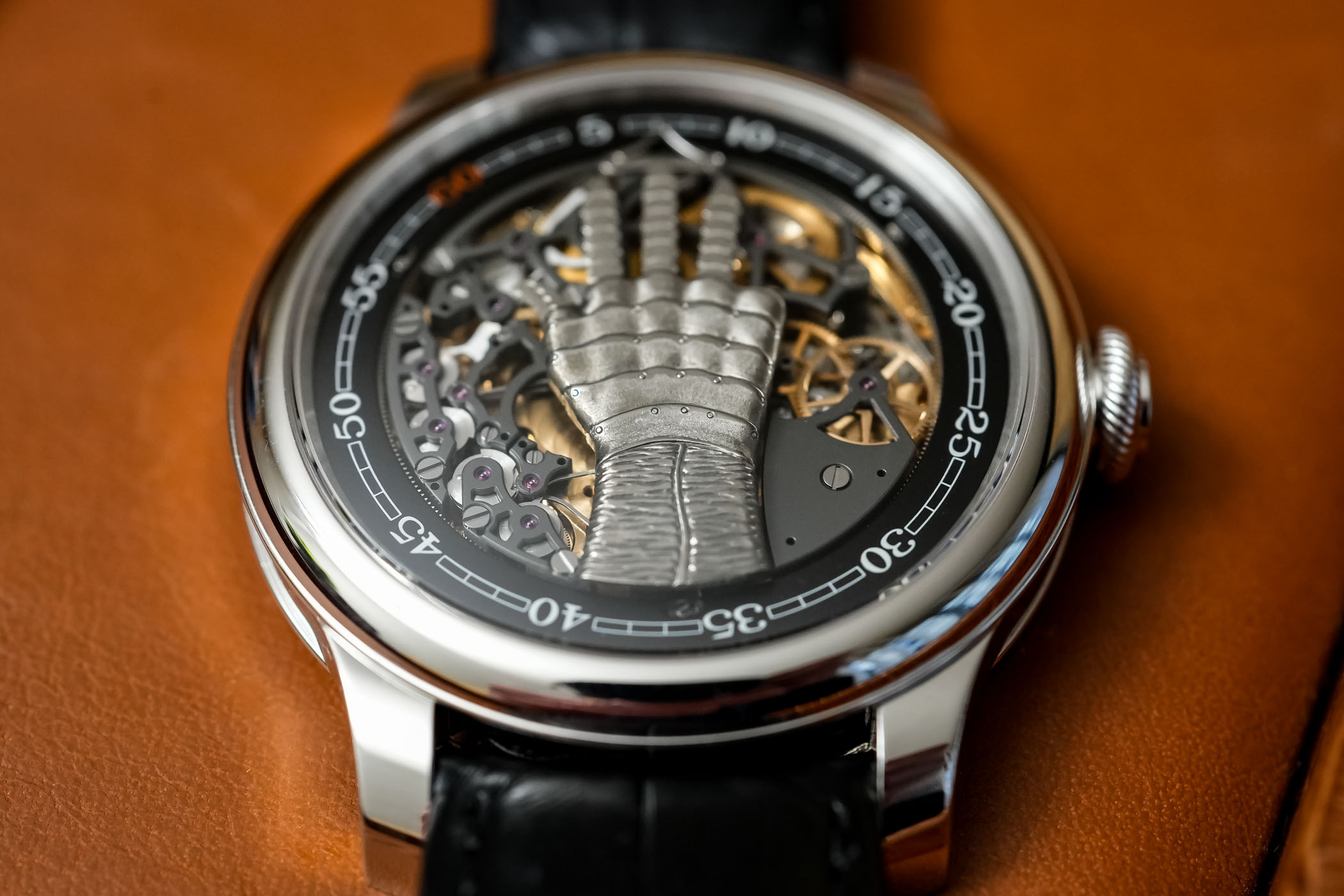



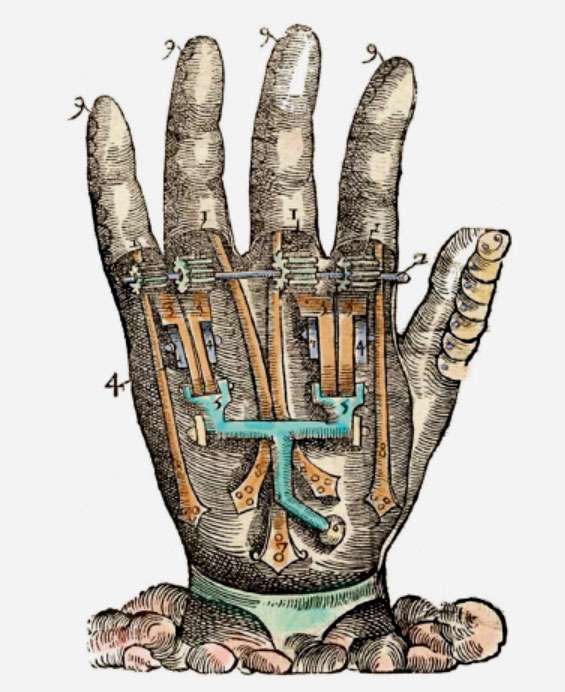
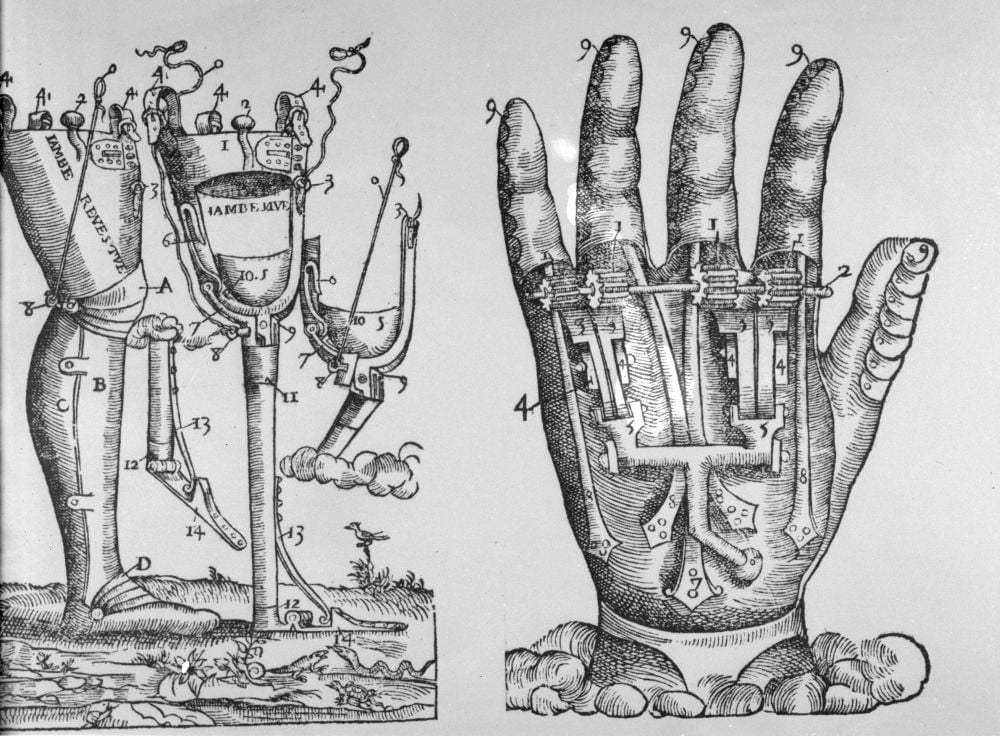
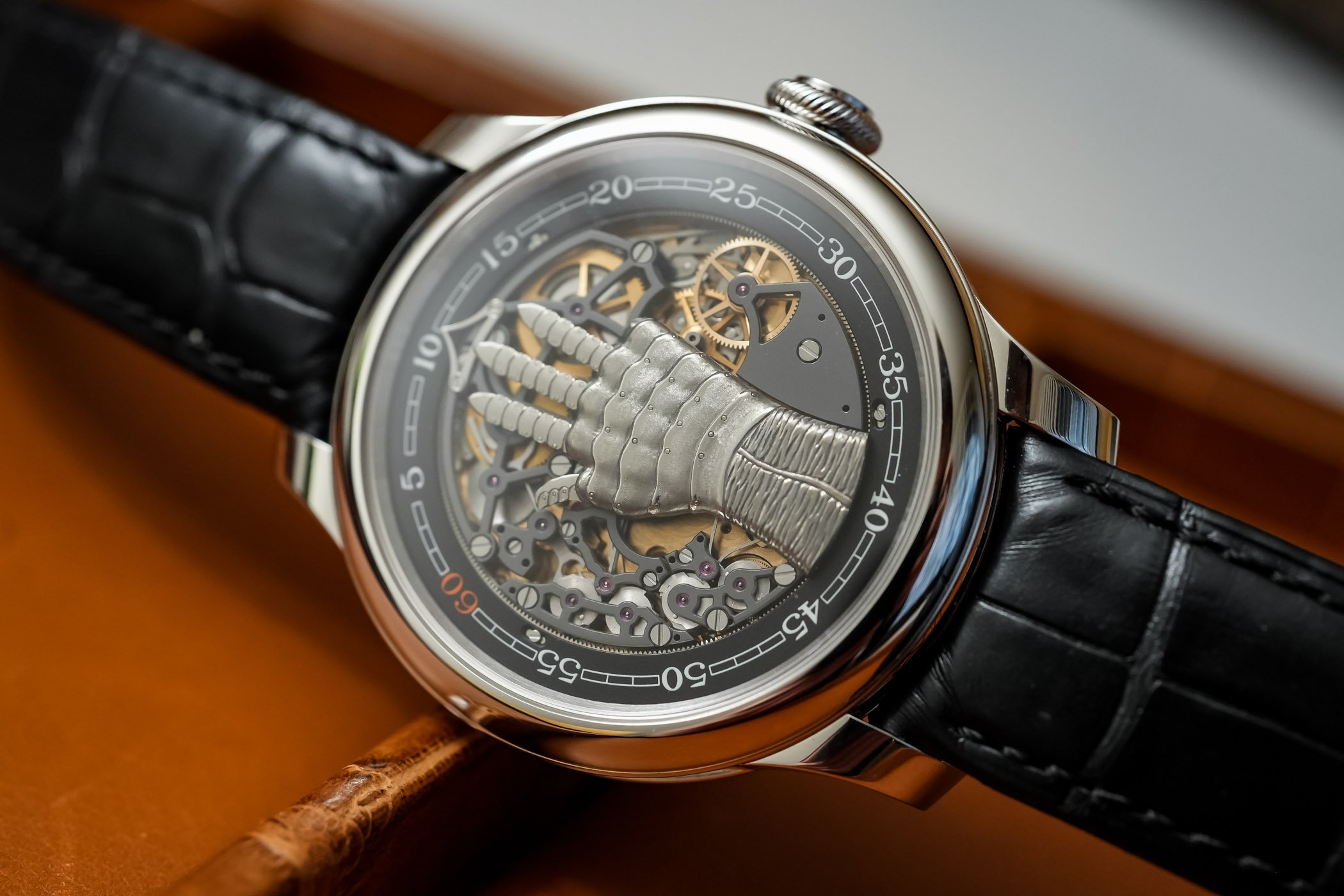
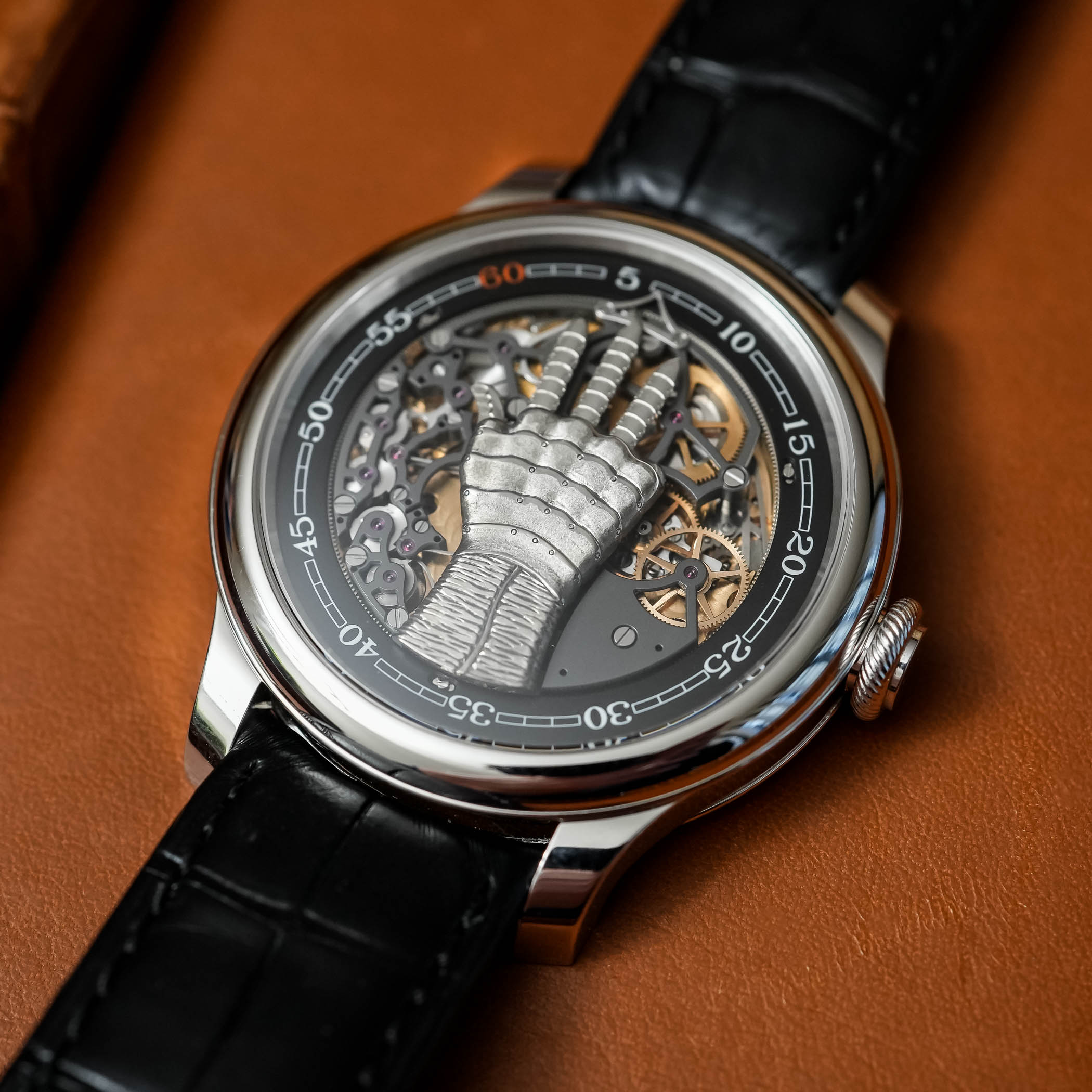
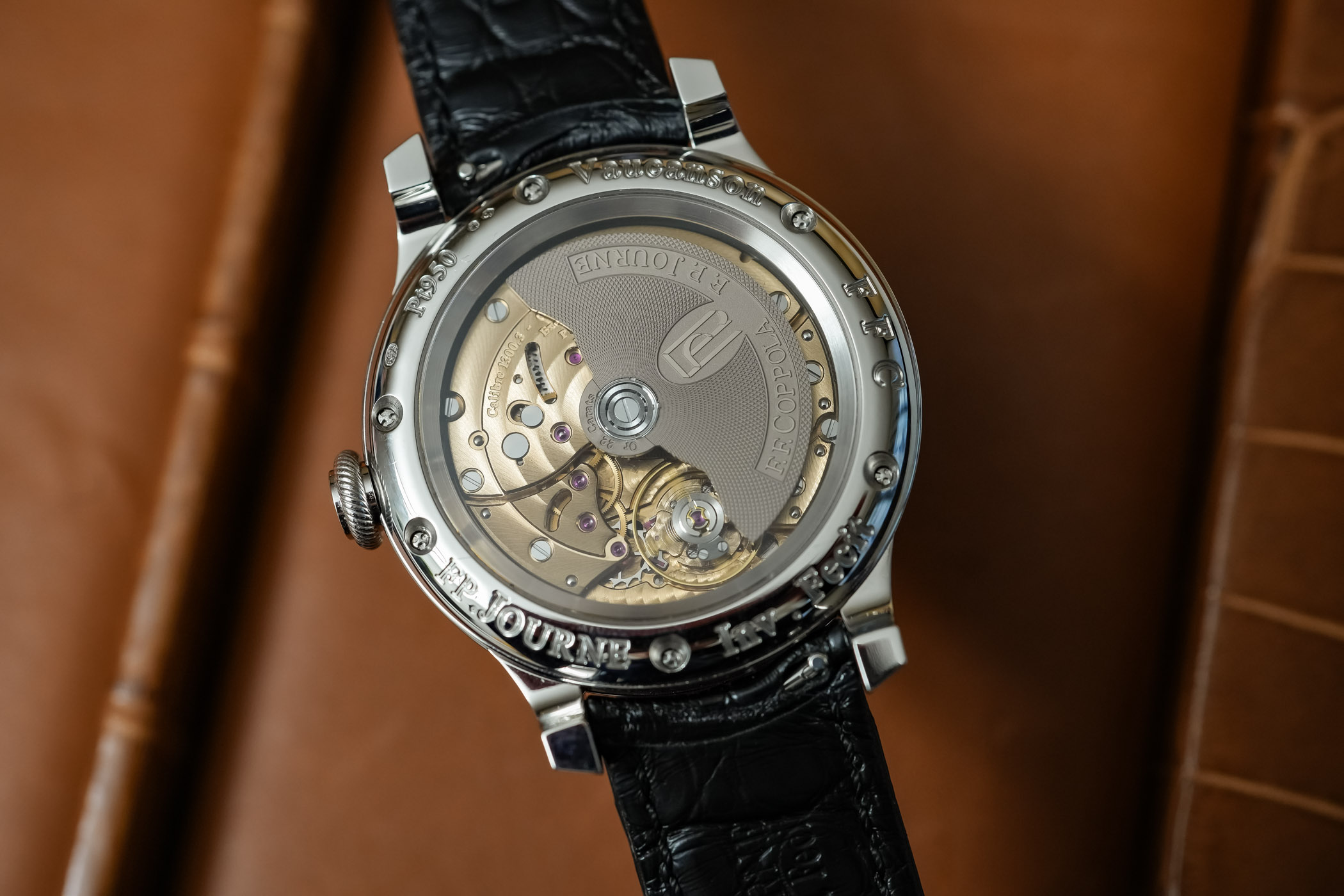
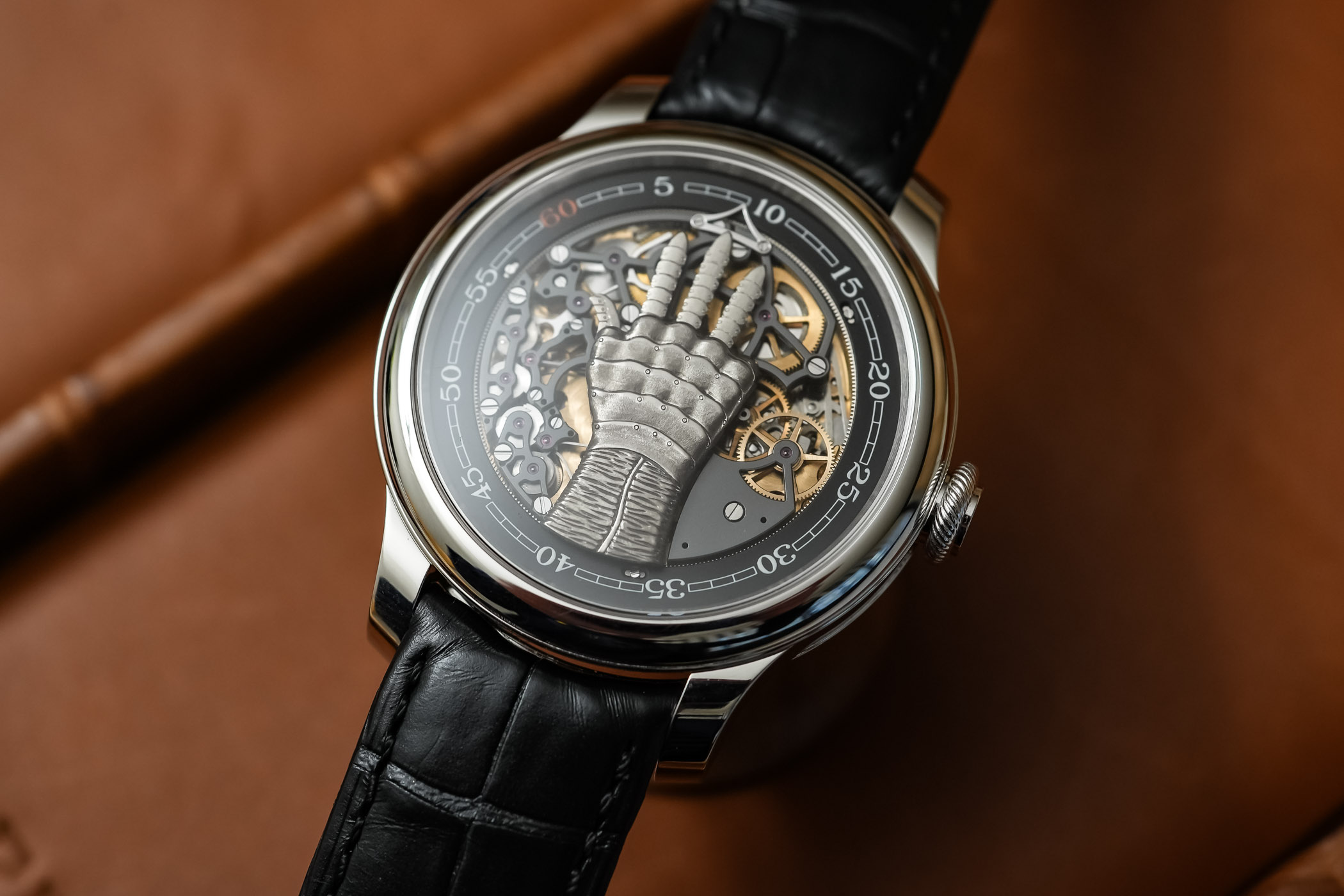
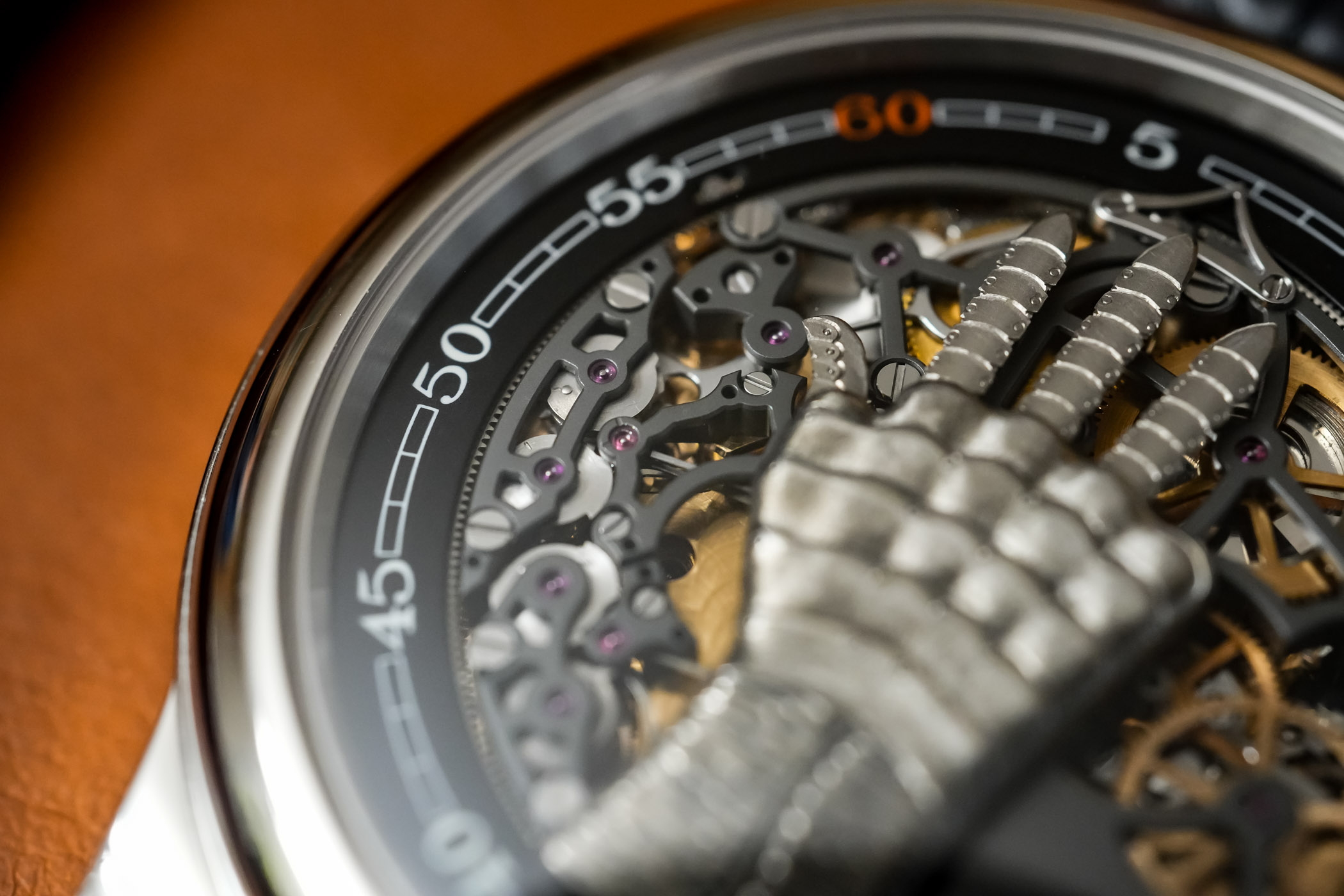
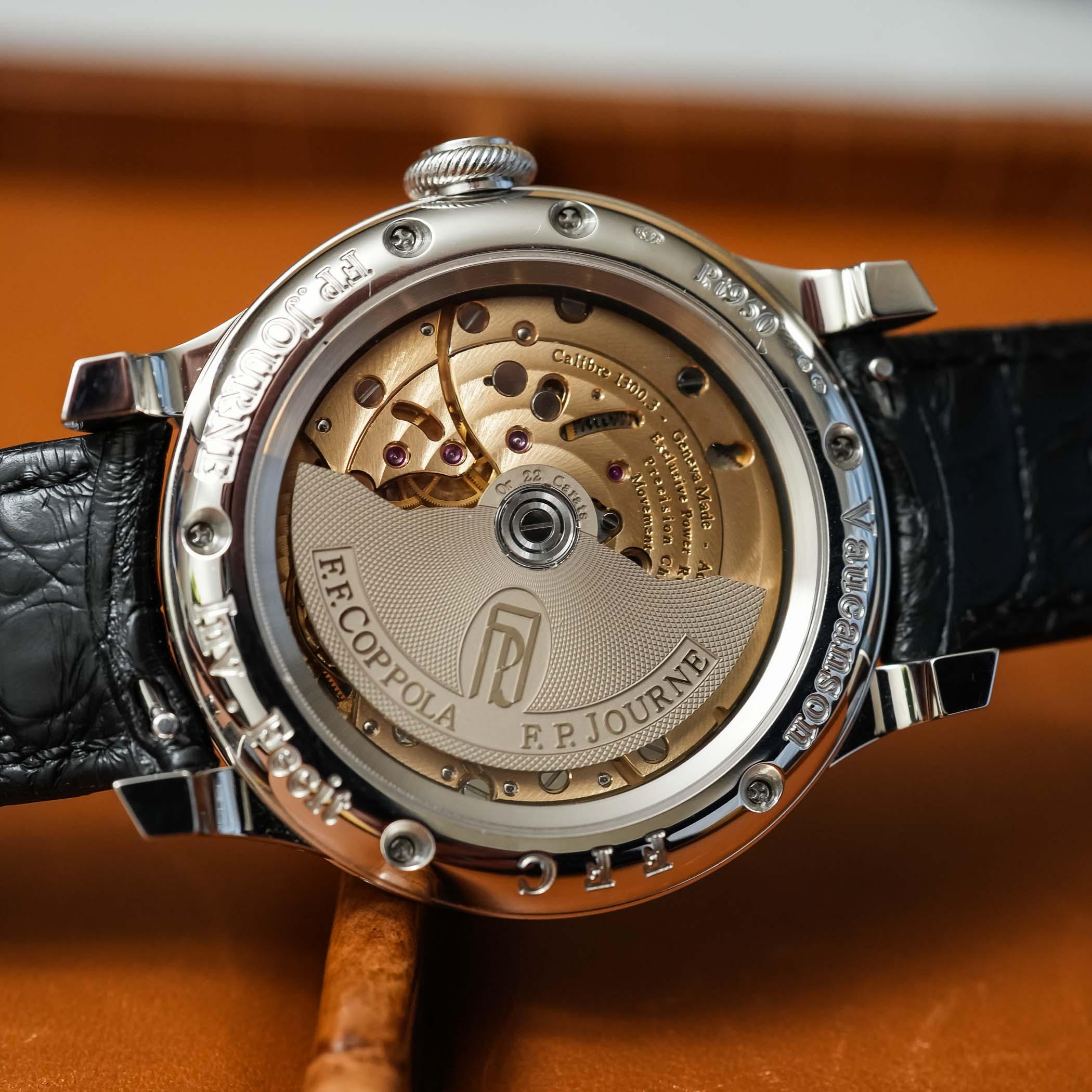
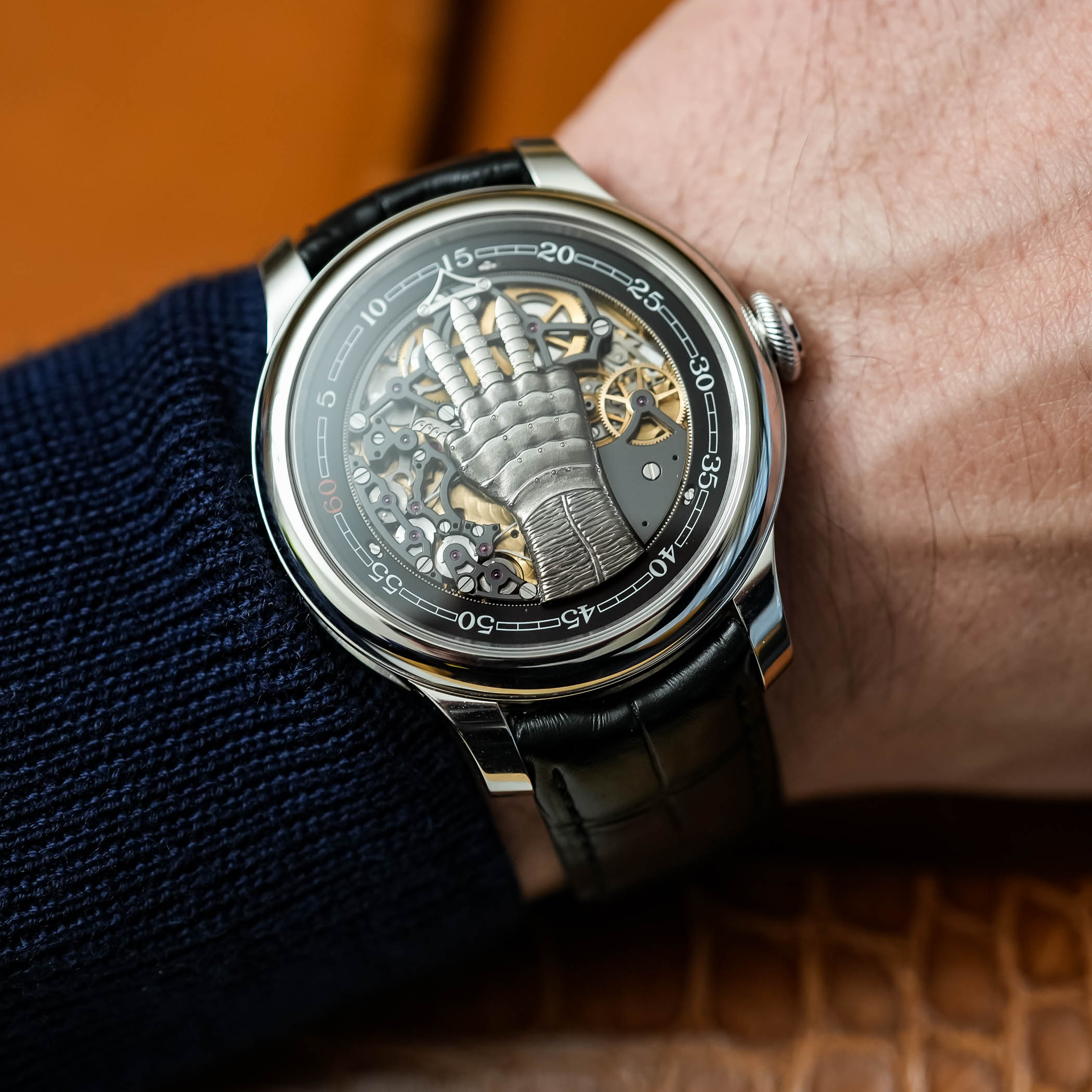



6 responses
This is something! Ohromujúce – stunning!
Nobody and nothing will convince me that this is either attractive or sensible or legible. It’s just weird, proving the ideal doesn’t work.
A work of art. Leave it to FPJ to hit the proverbial ball out of the park. It’s Watches and Wonders on steroids.
Laci, je potešujúce tu nájsť komentár v slovenčine!
Miro, rado sa stalo! Milovníci hodiniek sú aj na Slovensku. 🙂 (Watch lovers are also in Slovakia.) Nech nás vidia. 😉 A pri tomto kúsku ozaj vidieť kreativitu.
It’s very disappointing that you don’t show a picture for each hour. Such a waste of an article.